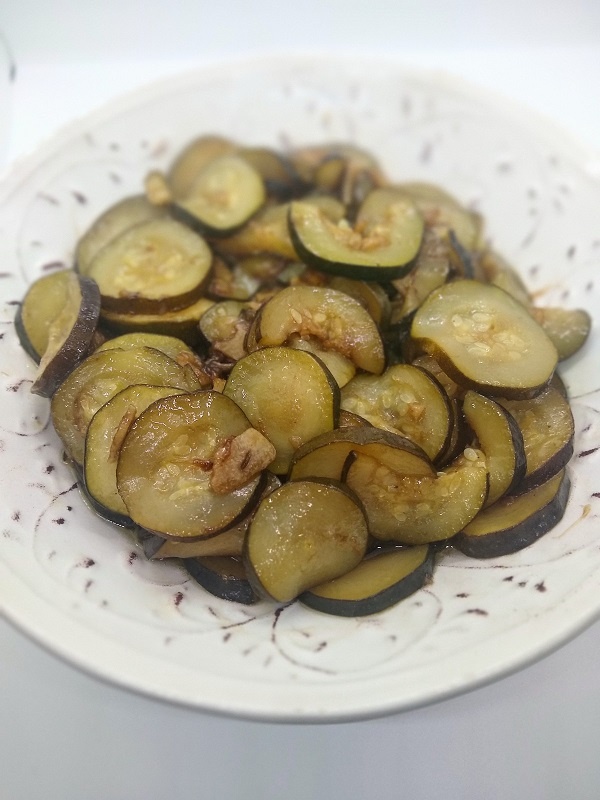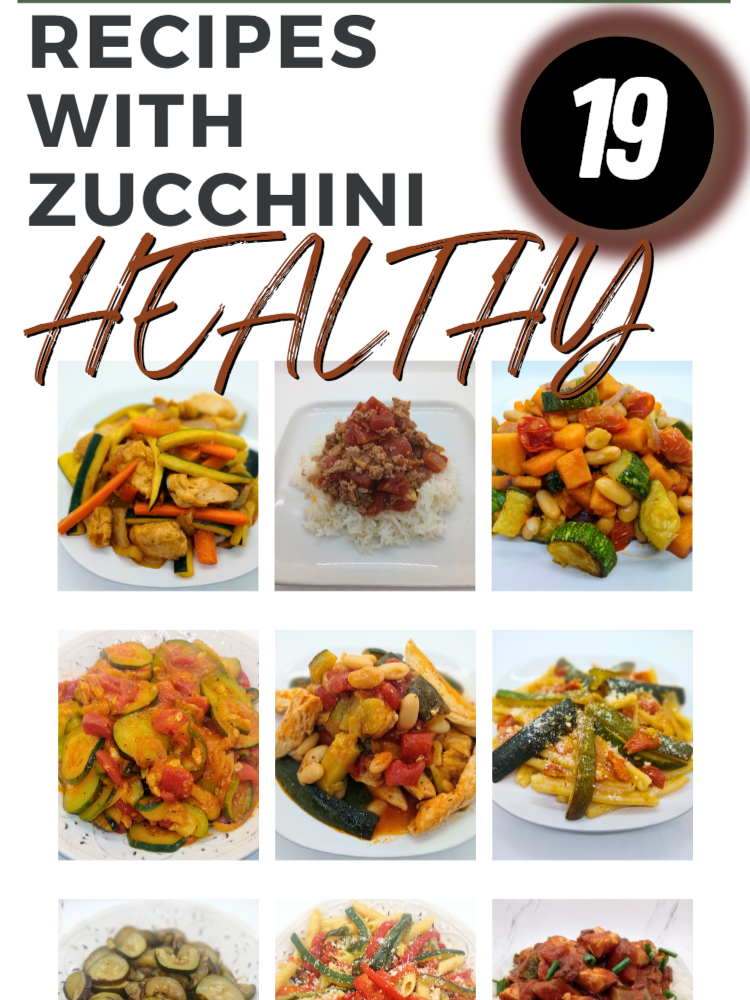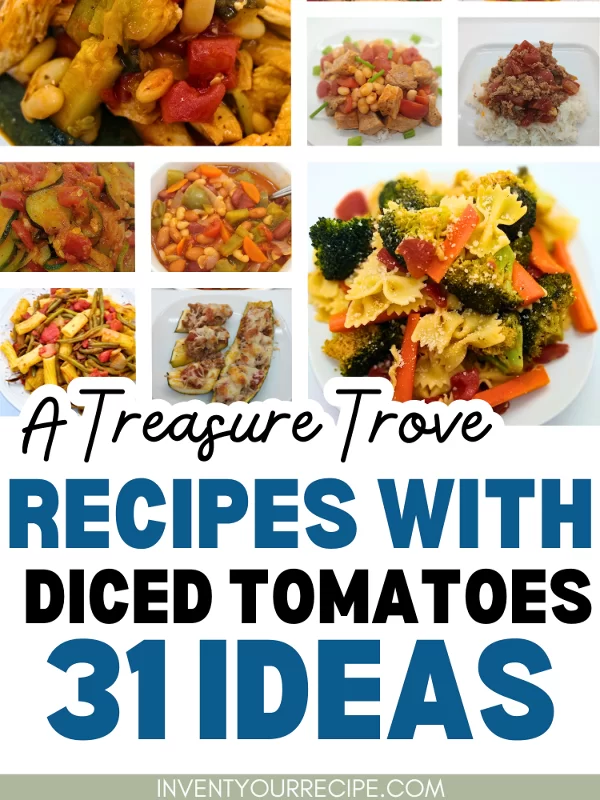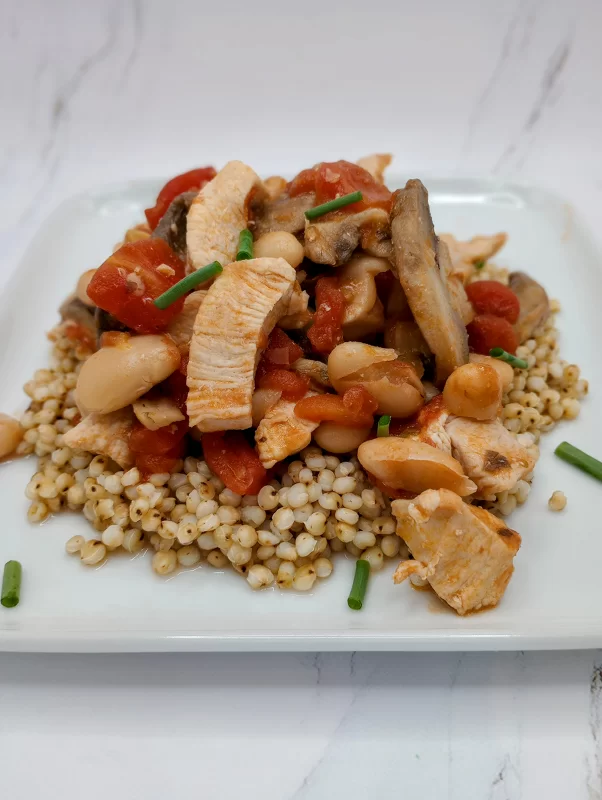Vinegar is an essential ingredient in countless recipes and has been a staple in kitchens worldwide for centuries. With its tangy and acidic flavor, vinegar adds a delightful kick to dishes, balances flavors, and offers a unique dimension to various cuisines. In this blog post, we’ll explore different types of vinegars and discover the best ways to use them in cooking.
It is hard to envision a cooking pantry without this ingredient, especially for me, growing up in and Italian household.
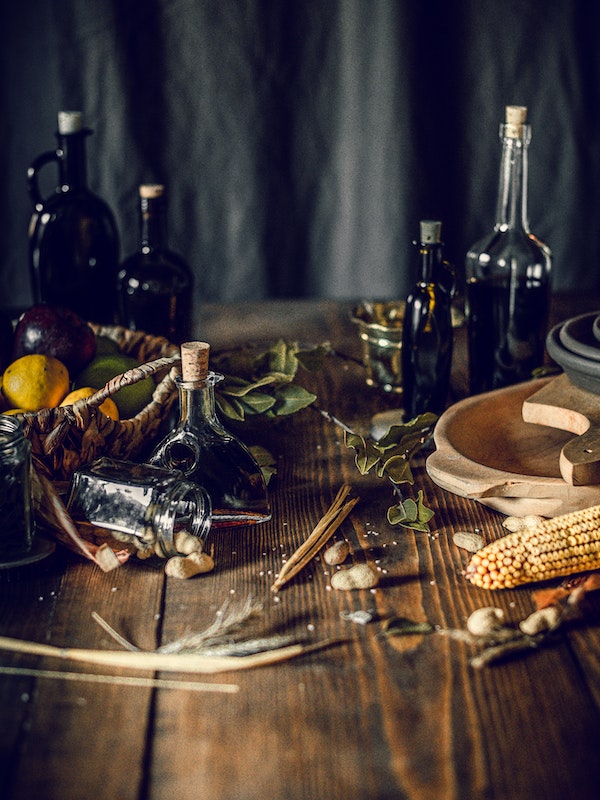
Different Types of Vinegar and Their Characteristics
Apple Cider
Apple cider vinegar is made from fermented apple juice. It has a mild, fruity flavor with a touch of sweetness and is known for its health benefits (with the “mother”). Use it in salad dressings, marinades, and pickling recipes to enhance the overall taste and acidity.
White (Distilled)
White, also known as distilled vinegar, is one of the most common types of vinegar. It is colorless and has a sharp, pungent taste. It is versatile and can be used for pickling, as a cleaning vinegar, and as an acidulant in various recipes.
Red Wine
Made from fermenting red wine, red wine vinegar has a rich and robust flavor. It adds depth to salad dressings, marinades, and can be drizzled over roasted vegetables or used to deglaze pans when cooking meat dishes.
Balsamic
Originating from Italy, balsamic vinegar is aged in wooden barrels, resulting in a sweet and complex flavor profile. It is perfect for glazes, drizzling over fresh fruits and vegetables, and as a finishing touch to dishes like Caprese salad.
Rice
Commonly used in Asian cuisines, rice vinegar is made from fermented rice. It has a milder taste compared to other vinegars and is a key ingredient in sushi rice, marinades, and Asian salad dressings.
White Wine
Similar to red wine, white wine vinegar is made from fermenting white wine. It has a lighter and slightly sweeter taste compared to its red counterpart. Use it in vinaigrettes, sauces, and to add acidity to seafood dishes.
Even More Vinegar
Sherry
Sherry vinegar originates from Spain and is made from sherry wine. It has a nutty and mellow flavor, making it an excellent choice for dressings, marinades, and drizzling over grilled vegetables.
Champagne
As the name suggests, champagne vinegar is derived from champagne. It has a delicate and crisp taste, ideal for light salads, vinaigrettes, and using as a flavor enhancer in delicate sauces.
Malt
Malt vinegar is made from barley and is commonly used in British cuisine. Its robust flavor pairs perfectly with fish and chips, and it can also be used as a tangy addition to stews and marinades.
Coconut
Made from fermented coconut water, coconut vinegar has a slightly sweet and acidic taste. It is frequently used in Southeast Asian dishes, curries, and dressings.

My Favorite Vinegars for Cooking
When it comes to cooking, the choice depends on personal preferences and the dish being prepared. Here are some recommendations:
Balsamic
I love the sweet and robust flavor of balsamic. I use balsamic in salad dressing, marinades, and for adding a little tang and flavor to recipes. You can also reduce balsamic to make a wonderful drizzle or glaze for recipes.
Red Wine
Looking for a flavorful, yet less robust flavor than balsamic, then red wine is for you. I like to use red wine vinegar in dressings and marinades.
White (Distilled)
A versatile vinegar in my pantry. I like to use white distilled mostly for brines for pickles, pickled beets, pickled peppers, or really anything pickled and canned. I grow a lot of vegetables, so in the heart or harvest season white vinegar is a staple in the pantry.
Apple Cider
Also used for pickling, apple cider has a place in my pantry. You can also use apple cider in place of balsamic and red wine for salad dressings and marinades.
Choosing the Right Vinegar
The world of vinegar is vast and diverse, with different types offering an array of flavors to delight our taste buds. From balsamic to champagne , each type has its unique characteristics that make it perfect for various culinary creations.
When selecting the best one for your recipe, understanding the nuances of vinegar will elevate your culinary endeavors and add a dash of magic to your meals. So, next time you’re in the kitchen, embrace the wonder of vinegar and savor its exceptional flavors!
Sources for this Post
The information provided in the blog post is based on general knowledge and common information found in various reputable culinary websites. These sources include:
1. Food Network – https://www.foodnetwork.com/
2. Serious Eats – https://www.seriouseats.com/
3. The Kitchn – https://www.thekitchn.com/
4. Bon Appétit – https://www.bonappetit.com/
5. Epicurious – https://www.epicurious.com/
6. AllRecipes – https://www.allrecipes.com/
7. Simply Recipes – https://www.simplyrecipes.com/
8. Fine Cooking – https://www.finecooking.com/
Please note that while I strive to provide accurate and up-to-date information, the blog post content should be used as a general guide, and it’s always a good idea to refer to specific culinary resources for more detailed and site-specific information.
Recipes With Vinegar
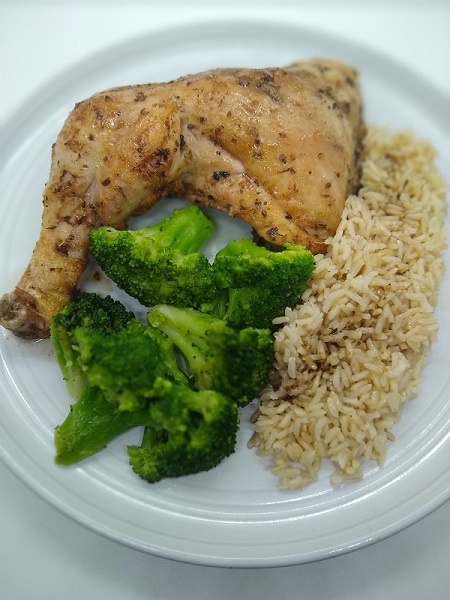
Honey Balsamic Chicken Quarters: A 50 Minute Recipe
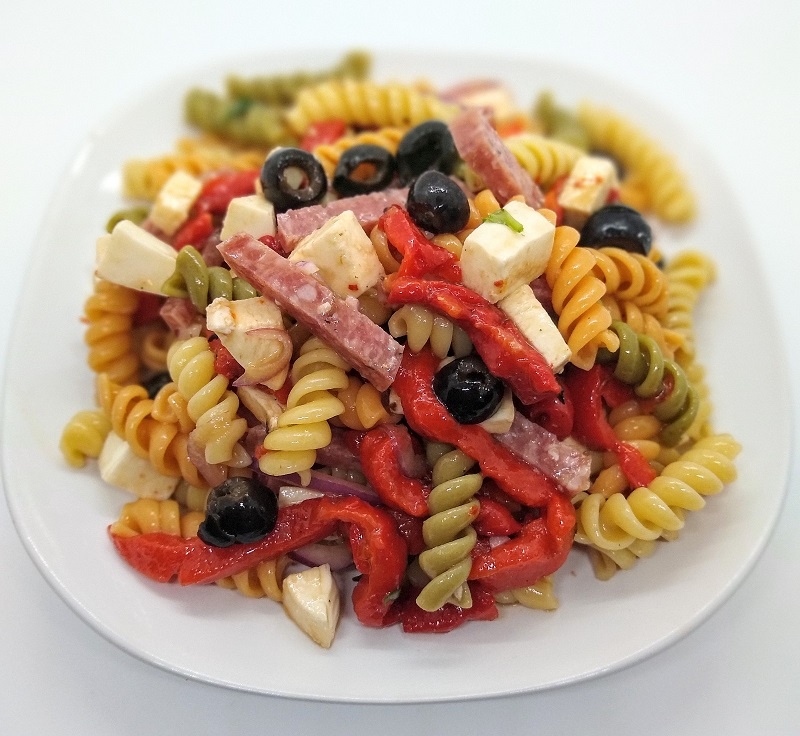
Tri Color Pasta Salad: A 27 Minute Recipe
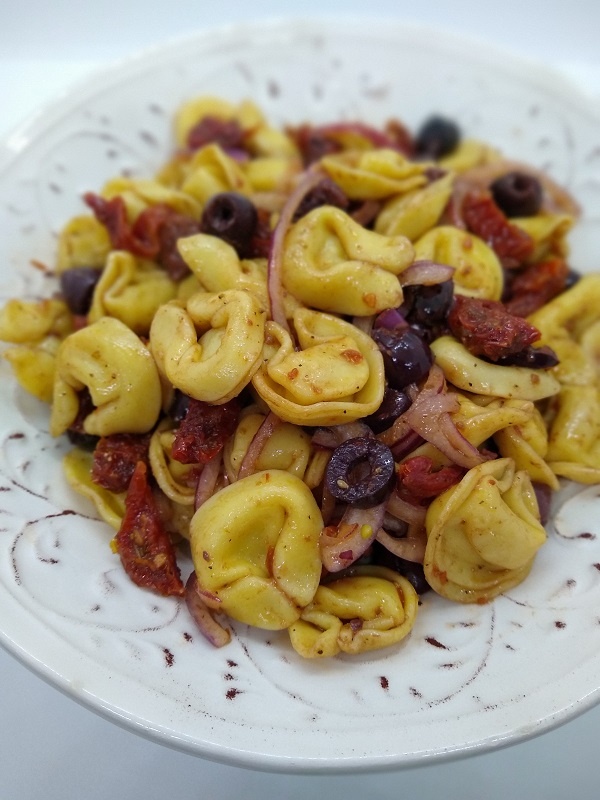
20 Minute Tortellini Salad: A Quick and Simple Recipe
